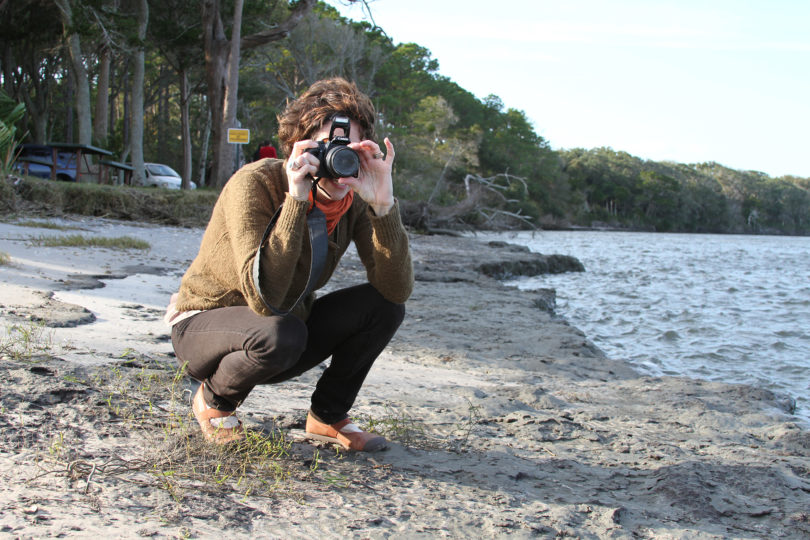Julie Spivey has spent most of her graphic design career working directly with other designers or clients to solve visual communication problems.
Over the past few years, she began seeking more meaningful experiences through “public interest design” and “social design.”
Public interest design is focused on promoting social, economic and environmental change to meet the growing needs of communities. Social design is the use of design to create social change that will improve lives.
An associate professor of graphic design at UGA’s Lamar Dodd School of Art, Spivey recently was named one of three Public Service and Outreach Fellows. The fellows program, created by the Office of the Vice President for Public Service and Outreach in 2011, is designed to create more service and outreach opportunities for tenured and tenure-track faculty.
Since last fall, Spivey has worked with Georgia Sea Grant, Marine Extension and the Carl Vinson Institute of Government-all public service and outreach units-as they address sea-level rise issues and hazards related to extreme weather events in coastal communities in Georgia and North Carolina. The project, funded by the National Oceanic and Atmospheric Administration, helps government officials create plans, assess weaknesses in their communities, educate the public and adapt policies to better prepare for economic and environmental change.
As part of the project team, Spivey uses visual design to help residents in the affected coastal communities understand complex messages.
“Through this project, it is my goal to create effective visual designs to help build trust in the communication between government entities and the governed,” Spivey said. “Trust emerges from understanding, and design is a critical intermediary in making the complex clear and enhancing understanding.”
So far, much of Spivey’s work on the project has involved visualizing information like sea-level rise so that it can be easily understood by a nonscientific audience-particularly local government staff and elected officials who will make decisions about how their communities will prepare for increased coastal hazards.
Another benefit of the fellowship, she said, is having the opportunity to work with other faculty members across campus in a variety of disciplines.
“An obvious benefit of working in a large, research institution should be the ability to collaborate with experts in other disciplines, but the university’s large size can make it challenging to connect with faculty outside one’s immediate area,” Spivey said. “A major benefit of the fellows program has been being able to establish such relationships that might provide the potential to work collaboratively in my research.
“Unlike other arts areas, design is never about itself,” she also said. “There must be a problem to solve that is not of the designer’s own making.”
Spivey and her team will continue the visual communication components of the project over the next few years.
“The projects are ongoing, and there is still much work to do,” said Spivey, who has assisted with a similar project in Tybee Island.





